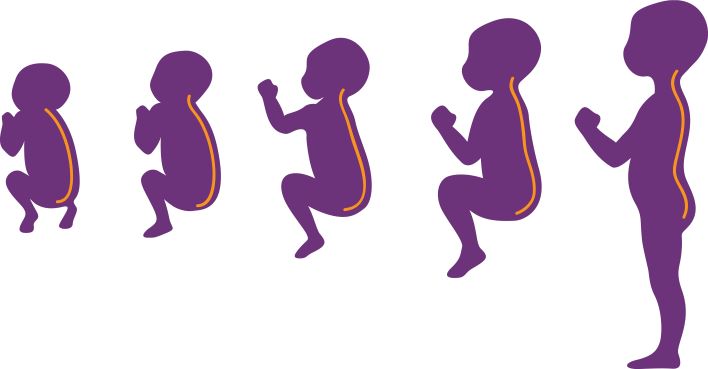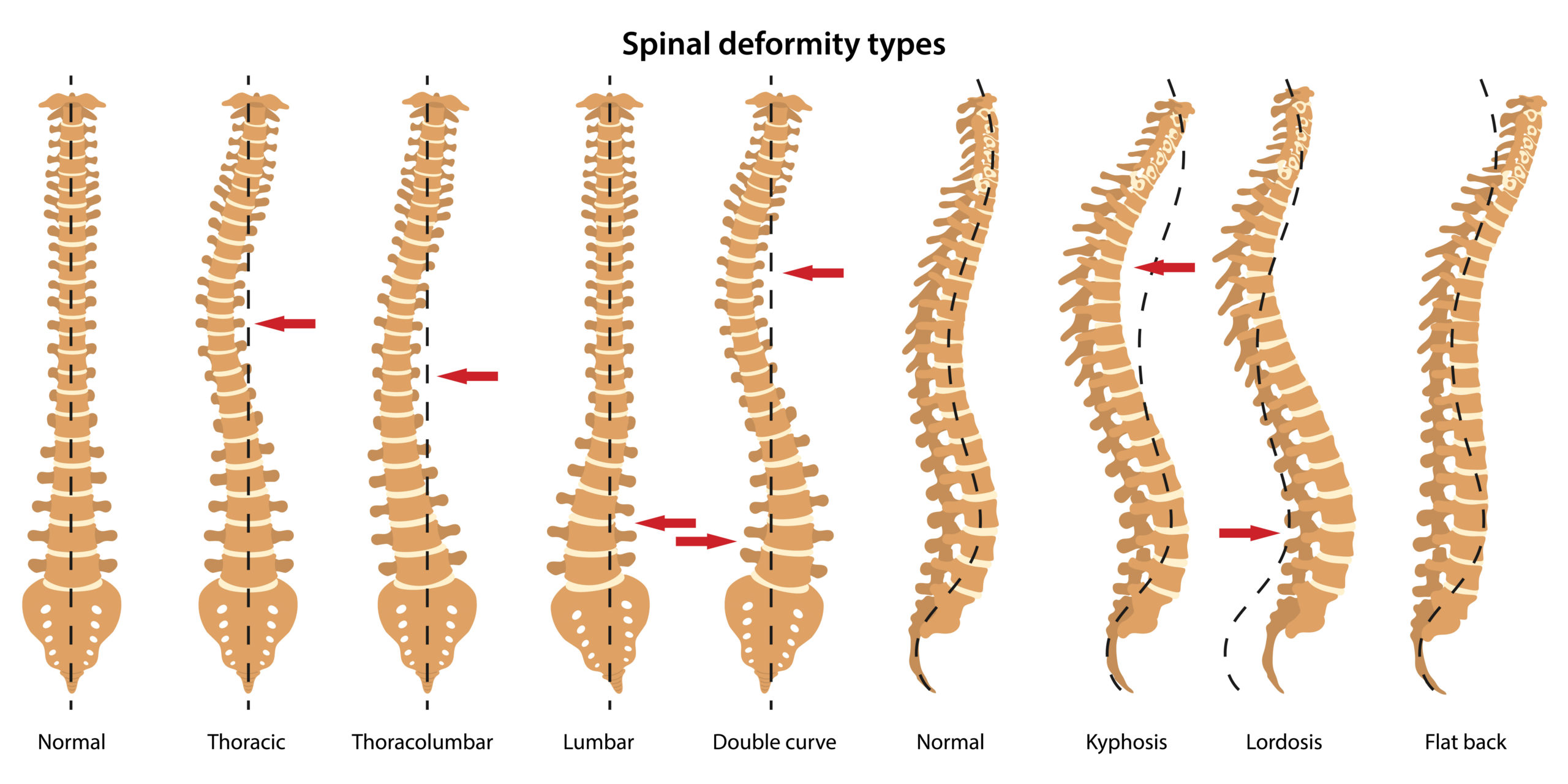The Spine

Why Does My Back Hurt?
Back and neck pain are among one of the most common reasons people come in for
massages. When I look at the anatomy of the spine I can see why. There are multiple things
that could easily go wrong. In this blog I am going to go over some basic anatomy so you
may better understand your spine.
Anatomy of your back
● The adult spine is made up of 26 stacked bones called vertebrae.
○ 7 cervical
○ 12 thoracic
○ 5 lumbar
○ 1 sacrum
○ 1 coccyx
● These 26 vertebrae stay in place due to multiple ligaments.
● The spinal cord runs up the middle of the spine (vertebral foramen).
● Nerve roots branch off the spinal cord between each vertebrae (intervertebral
foramen) to travel to the rest of the body.
● There are too many joints in the spine to count. Each vertebrae has 4 facet joints
joining the vertebrae, and the thoracic vertebrae have extra joints for the ribs.
● Between each vertebrae (C2-sacrum) there are thick intervertebral discs that help
with movement and shock absorption. These discs can lose height over time or shift
out of place.
● Muscles that move your spine, shoulders, head, and hips attach onto the spine.
For the more visual learner I have added in a link to a quick video that demonstrates the
spines anatomy.

Why do normal curves matter?
Abnormal curves lead to increased pressure/ strain on joints, discs, muscles, and ligaments.
The body is no longer balanced and is not able to absorb as much vertical shock.
Either during development or over time with poor posture. Problems with our normal curves
can happen. Here are some of the most common issues we see with spinal curves:
● Scoliosis – a lateral bend in the spine that can make the spine have a “C” or “S”
shape.
● Kyphosis – exaggerated thoracic curve
● Lordosis – exaggerated lumbar curve
● Flat back – decreased lumbar curve

When Massage Therapists look to answer your question “why does my back hurt?”, we have
to look at all the factors above. We ask ourselves many questions: what muscles are short or
holding tension, are the joints moving well, where does the pain refer to, what is our testing
telling us, is this client responding normally to treatment, do we need to refer out?
If you are feeling stumped or frustrated with your back pain, come talk to one of the
therapists here at Ashby House. Let’s work on this together.
